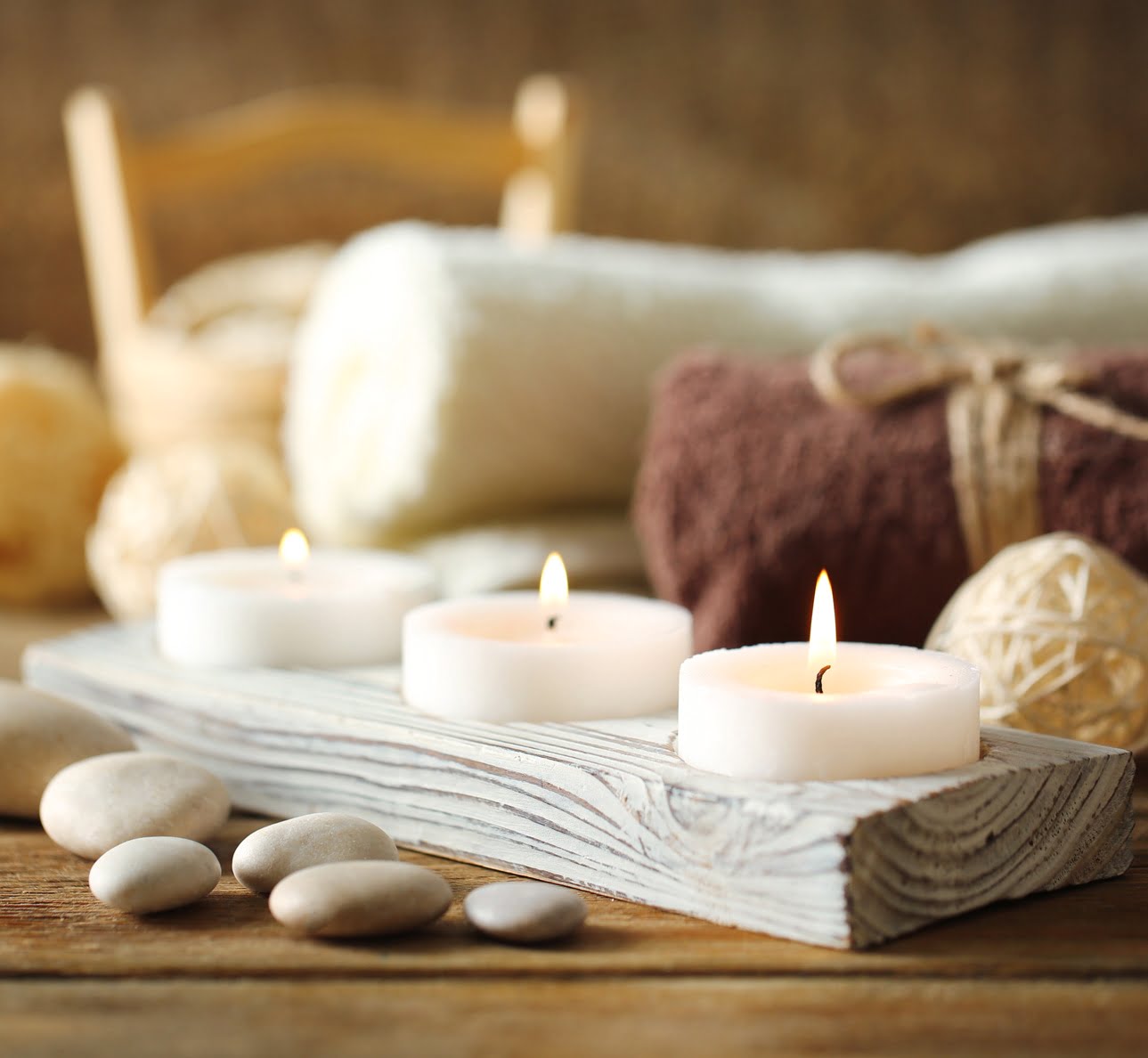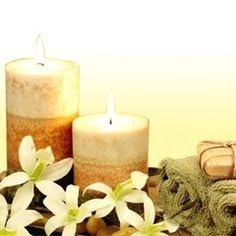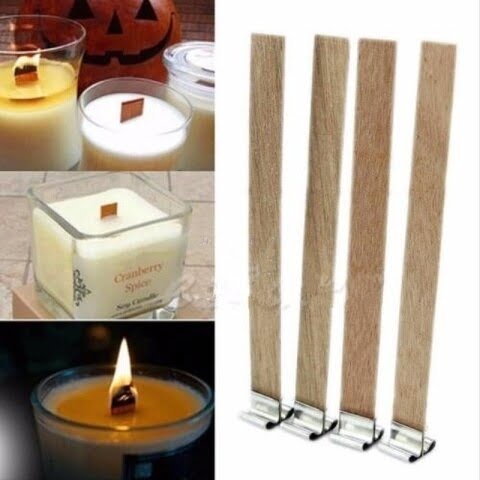Are you looking for a creative and natural way to enhance your home with beautiful scents? Making candles with dried herbs might just be the perfect solution for you. This article will guide you through the art and science of incorporating dried herbs into candle making, offering a step-by-step process and valuable tips to create unique and aromatic candles.
Using dried herbs in candle making offers a range of benefits, from adding natural scents to providing therapeutic effects. In this section, we will explore the advantages of using dried herbs in candles, including their ability to elevate mood, relieve stress, and create a calming atmosphere in any space. Additionally, we will delve into how herb-infused candles can bring nature indoors, creating a harmonious and refreshing ambiance.
When it comes to selecting the right dried herbs for your candles, there are various factors to consider. Not only do different herbs offer distinct scents and properties, but they also vary in terms of compatibility with wax and wick types.
In this article, we will guide you through the process of choosing the most suitable dried herbs for your candle making endeavors based on their aroma profiles and potential health benefits. So if you’re ready to embark on a journey of creativity and wellness, read on to discover how you can infuse your homemade candles with the captivating essence of dried herbs.
The Benefits of Using Dried Herbs in Candle Making
Dried herbs have been used for centuries for their aromatic and therapeutic properties. When it comes to candle making, incorporating dried herbs into your creations can elevate the overall experience and benefits of burning candles. Here are some key reasons why using dried herbs in candle making is advantageous:
1. Aromatherapy Benefits: Dried herbs such as lavender, chamomile, and rosemary release pleasant and calming scents when burned. These natural aromas can help reduce stress, promote relaxation, and improve overall well-being.
2. Visual Appeal: Adding dried herbs to candles not only enhances the aesthetic appeal but also creates a beautiful and rustic look. The infusion of color, texture, and botanical elements adds a touch of nature to your candles, making them visually appealing as well as fragrant.
3. Health Benefits: Certain dried herbs possess natural healing properties that can be released when burned. For instance, eucalyptus and peppermint can help clear congestion and alleviate respiratory issues when their essential oils are diffused in the air through burning candles.
Incorporating dried herbs into your candle making process not only adds a personal touch but also enhances the sensory experience for those who burn them. Whether you are creating candles for relaxation or simply to add ambiance to your space, utilizing dried herbs offers a multitude of benefits that go beyond just providing a pleasant fragrance.
Selecting the Right Dried Herbs for Your Candles
When it comes to making candles with dried herbs, selecting the right herbs is essential for achieving the desired scent and benefits. Certain herbs are known for their calming and relaxing properties, while others are prized for their invigorating or uplifting qualities. Lavender, for example, is a popular choice for its soothing aroma, making it perfect for creating candles that promote relaxation and stress relief.
Another popular herb for candle making is rosemary, which is known for its invigorating and energizing scent. Rosemary-infused candles can be great for boosting focus and concentration during work or study sessions. Other popular herbs for candle making include chamomile, mint, eucalyptus, and thyme, each offering its own unique aroma and potential therapeutic benefits.
It’s important to choose high-quality dried herbs when making candles to ensure a strong and long-lasting fragrance. Look for herbs that have been properly dried and stored to maintain their potency. You may also consider experimenting with different herb combinations to create custom scents that suit your preferences. When selecting dried herbs for your candles, be sure to consider both the fragrance you want to achieve as well as any potential therapeutic benefits associated with the herbs.
| Herb | Properties |
|---|---|
| Lavender | Soothing, Relaxing |
| Rosemary | Invigorating, Energizing |
| Chamomile | Calming, Soporific |
Preparing and Processing Dried Herbs for Candle Making
When it comes to making candles with dried herbs, the process of preparing and processing the herbs is a crucial step in ensuring the success of your herb-infused candles. Properly handling the dried herbs will not only enhance the aesthetic appeal of the candles but will also maximize their aromatic benefits. Here’s a step-by-step guide to help you prepare and process your dried herbs for candle making:
1. Selection: Start by selecting high-quality dried herbs that are free from moisture and mold. It’s essential to choose herbs that are not wilted or discolored, as these may affect the overall quality of your candles.
2. Cleaning: Before using the dried herbs, it’s important to clean them to remove any dirt, debris, or pests that may have latched onto them during storage. Gently shake the herbs and use a fine-mesh sieve to sift through them, removing any impurities.
3. Crushing or Grinding: Depending on the size and texture of the dried herbs, you may need to crush or grind them to release their essential oils and maximize their fragrance when infused in the candles. You can use a mortar and pestle or a spice grinder to achieve the desired consistency.
4. Drying: If you’re working with fresh herbs that have been dried at home, ensure that they are completely dry before using them in candle making. This will prevent any moisture from affecting the integrity of the candles.
By following these steps, you can effectively prepare and process your dried herbs for candle making, allowing you to fully harness their aromatic properties and aesthetic appeal in your herb-infused candles.
Choosing the Right Wax and Wick for Herb-Infused Candles
When it comes to making candles with dried herbs, selecting the right wax and wick is crucial to ensure a successful and long-lasting burn. The type of wax you choose will affect the overall quality of your candle, while the wick determines how well the candle burns and releases fragrance.
For herb-infused candles, soy wax is often preferred as it is natural, renewable, and burns cleaner than paraffin wax. It also has a lower melting point, which means that the herbs will be better preserved during the pouring process. Beeswax is another popular choice for herb-infused candles, as it has a natural golden color that complements the appearance of dried herbs.
In terms of wicks, cotton wicks are an excellent option for herb-infused candles as they provide a clean and steady burn. When choosing a wick size, consider both the diameter of your candle container and the type of herbs you are using. A larger diameter or thicker candle may require a bigger wick to ensure an even burn, while certain herbs with higher oil content may benefit from a smaller wick to prevent excessive smoking.
| Wax Type | Recommended Uses |
|---|---|
| Soy Wax | Natural, renewable, cleaner burn |
| Beeswax | Natural golden color, complements dried herbs |
| Wick Material | Best Practices |
|---|---|
| Cotton Wicks | Clean and steady burn for herb-infused candles |
By carefully considering the type of wax and wick used in your herb-infused candles, you can create beautiful and aromatic creations that enhance any space with their natural beauty and soothing scents.
Step-by-Step Guide to Making Candles With Dried Herbs
Gathering Materials and Ingredients
The first step in making candles with dried herbs is to gather all the necessary materials and ingredients. This includes dried herbs of your choice, wax suitable for candle making, wicks, a heat-proof container for melting the wax, a double boiler or a microwave-safe container for melting the wax, a thermometer, a stirring utensil, and essential oils (optional) for added fragrance.
Preparing the Dried Herbs
Before incorporating the dried herbs into your candles, it’s important to prepare them properly. If you’re using whole herbs, consider crushing them lightly to release their aromatic oils. For finely powdered herbs, simply set them aside for later use. It’s also recommended to infuse the herbs in warm oil for at least 24 hours before adding them to the melted wax to enhance the scent and color.
Making the Herb-Infused Candles
Once you have all your materials and prepared dried herbs ready, it’s time to start making your herb-infused candles. Melt the wax using a double boiler or microwave-safe container, making sure to monitor the temperature with a thermometer. Once the wax reaches the optimal temperature for adding dried herbs (typically around 185-195°F), carefully stir them into the melted wax.
Then, pour the herbal infused wax into containers with pre-tabbed wicks and allow them to cool and solidify. Finally, trim the wick to about ¼ inch before lighting your beautiful herb-infused candles.
By following this step-by-step guide and using high-quality materials, you can create unique and aromatic candles that not only add ambiance to any space but also provide therapeutic benefits through their natural herbal infusion.
Tips and Tricks for Enhancing Scent and Aesthetics With Dried Herbs
Blending Dried Herbs for Unique Scents
When making candles with dried herbs, one of the most exciting aspects is the opportunity to create unique scents by blending different herbs together. Experimenting with various combinations can result in a custom aroma that cannot be replicated with synthetic fragrances. For example, blending lavender and rosemary can create a calming and refreshing scent perfect for relaxation and stress relief. Additionally, mixing dried citrus peels with eucalyptus can produce an energizing and uplifting aroma that is ideal for boosting mood.
Enhancing Aesthetics With Dried Herbs
In addition to providing delightful scents, dried herbs can also enhance the visual appeal of your candles. Adding dried flowers such as rose petals or chamomile to your candles not only creates a stunning aesthetic but also adds a touch of elegance to your homemade creations. Moreover, layering different colors and textures of dried herbs within the wax can result in captivating patterns when the candle is lit, creating a visually striking centerpiece for any room.
Maximizing Scent Release
To ensure that the fragrance from the dried herbs permeates the air when the candle is burned, it is important to maximize scent release. One effective method is to grind the dried herbs into a fine powder before adding them to the melted wax. This allows for better dispersion of the herb’s essential oils throughout the candle, resulting in a stronger and more consistent scent throw.
Additionally, choosing porous or absorbent herbs like sage or thyme can also help in releasing fragrance effectively when heated by the flame. By carefully selecting and preparing your dried herbs, you can ensure that your herb-infused candles provide long-lasting and pleasing aromas for hours on end.
Safety Precautions and Best Practices for Making Herb-Infused Candles
When making candles with dried herbs, it is important to always prioritize safety and best practices in order to ensure a successful and enjoyable candle-making experience. Working with hot wax and open flames can pose certain risks, so it’s crucial to be mindful of safety precautions at all times.
Firstly, ensure that you are working in a clean and well-ventilated area to minimize any potential hazards. It’s also important to have a fire extinguisher nearby, as an extra precaution.
Additionally, when handling dried herbs for candle making, it’s essential to be aware of any potential allergens or skin irritants. Some individuals may have sensitivities to certain herbs, so it’s wise to wear gloves when handling them. Furthermore, always research the specific properties and safety considerations of each herb before incorporating them into your candles.
In terms of best practices, it’s recommended to start with small batches when experimenting with new combinations of dried herbs in your candles. This allows for better control and understanding of how different herbs interact with the wax and fragrance oils.
Patience is key when making candles with dried herbs, as rushed or hasty techniques may lead to unsatisfactory results or safety hazards. By embracing these safety precautions and best practices, you can fully enjoy the artistry and benefits of making candles with dried herbs while ensuring a safe and rewarding experience.
Conclusion
In conclusion, the art of making candles with dried herbs is a beautiful and beneficial practice that combines creativity, aromatherapy, and natural elements. By infusing candles with dried herbs, you not only add a touch of beauty and elegance to your home but also benefit from the therapeutic properties that these herbs offer. The use of dried herbs in candle making adds depth to the sensory experience, creating a harmonious blend of sight, smell, and ambiance.
Furthermore, selecting the right dried herbs for your candles allows you to customize the scents and aesthetics of your creations, giving you the opportunity to create unique and personalized products. Whether you choose calming lavender for relaxation or invigorating peppermint for an energy boost, the possibilities are endless when it comes to infusing candles with dried herbs. This level of customization enables individuals to craft candles that align with their preferences and needs.
Ultimately, embracing the beauty and benefits of making candles with dried herbs extends beyond just creating a visually appealing product. It offers a holistic approach to self-care and well-being by incorporating natural elements into everyday life. As such, making herb-infused candles can be an enriching and rewarding hobby that brings joy, relaxation, and aromatic pleasure into your space. So why not embark on this delightful journey of crafting personalized candles with dried herbs?

Welcome to my candle making blog! In this blog, I will be sharing my tips and tricks for making candles. I will also be sharing some of my favorite recipes.





